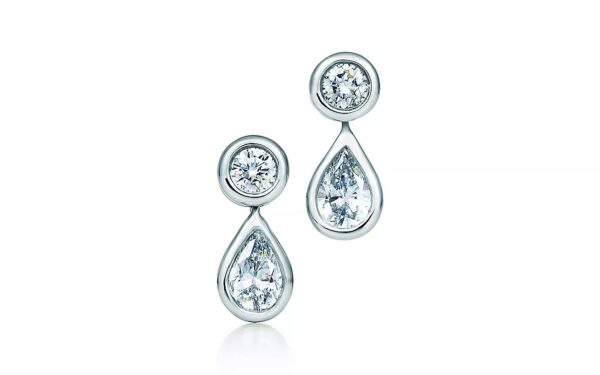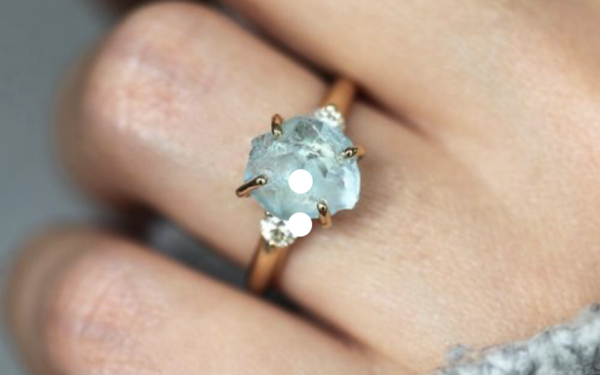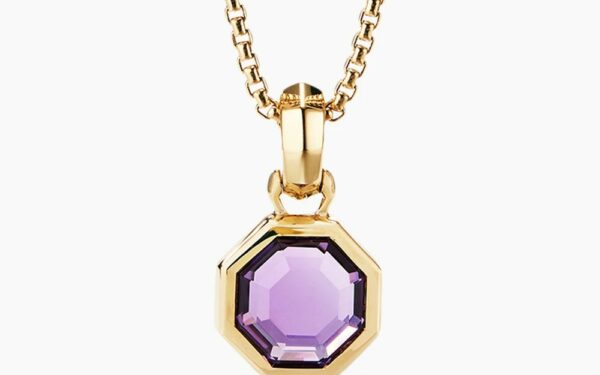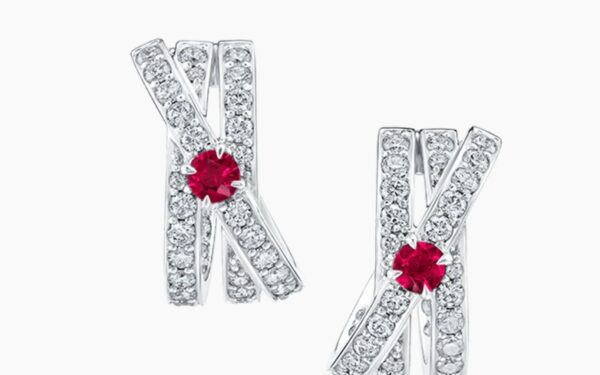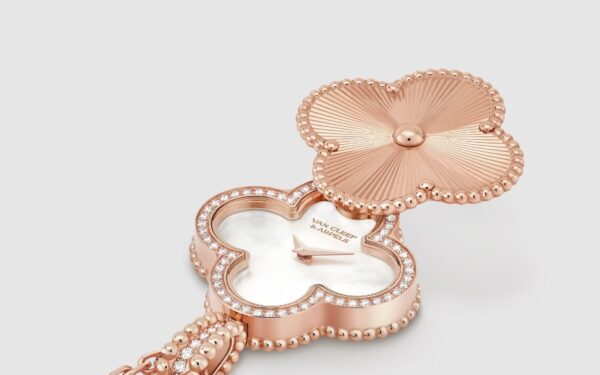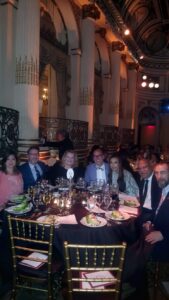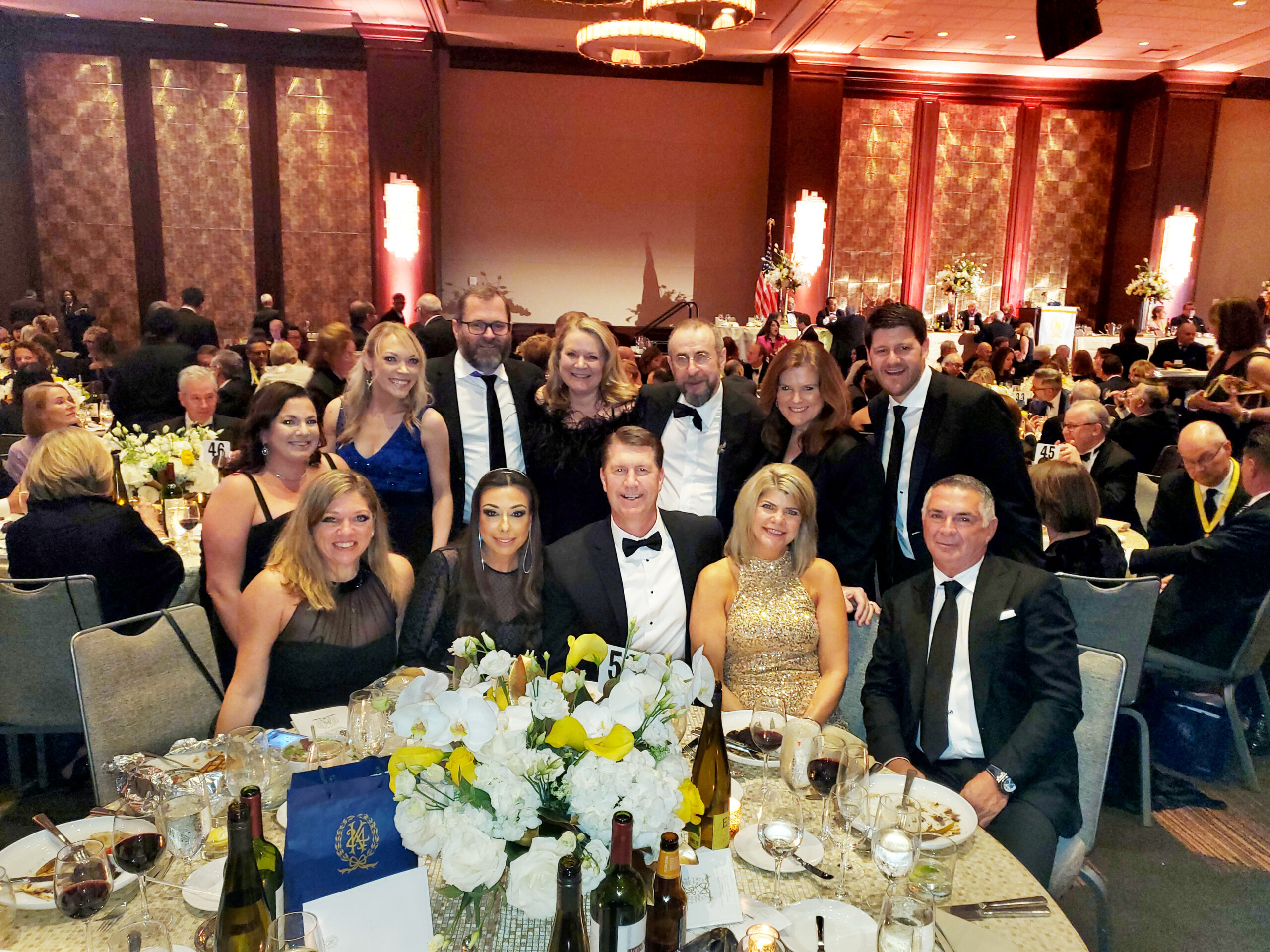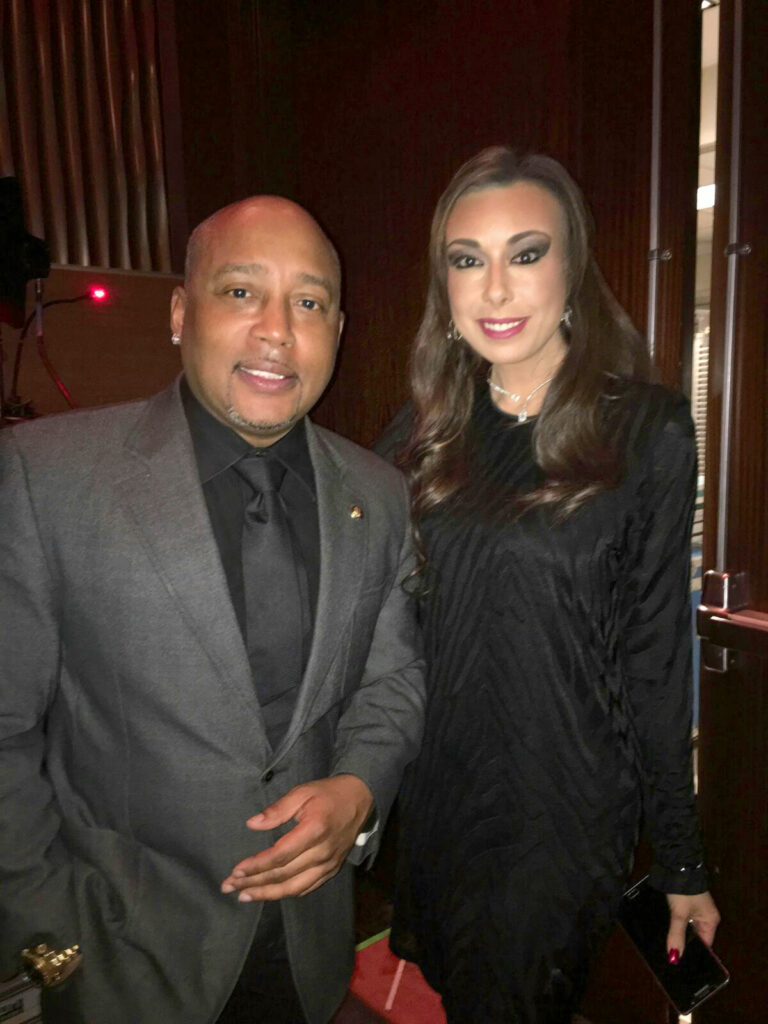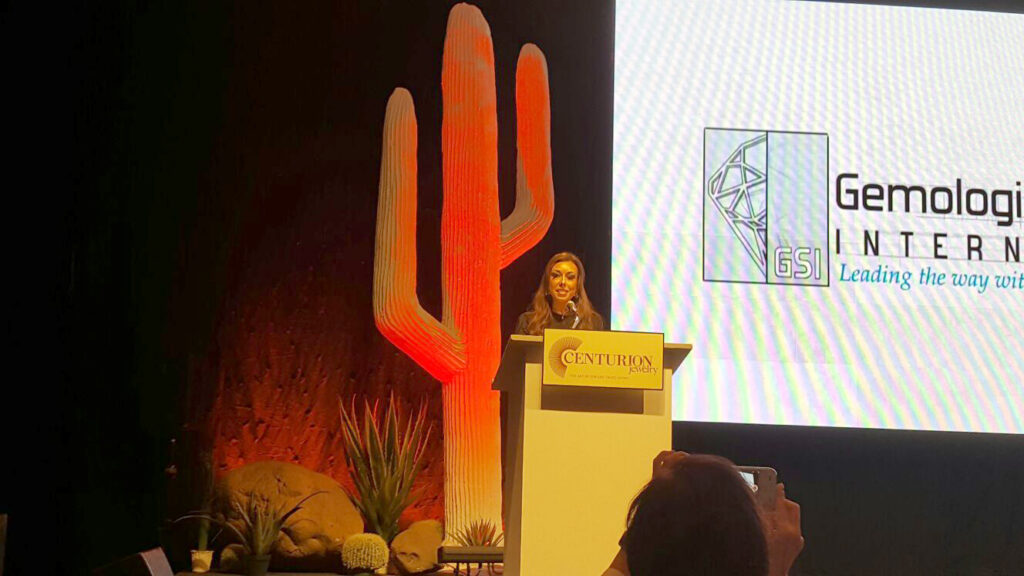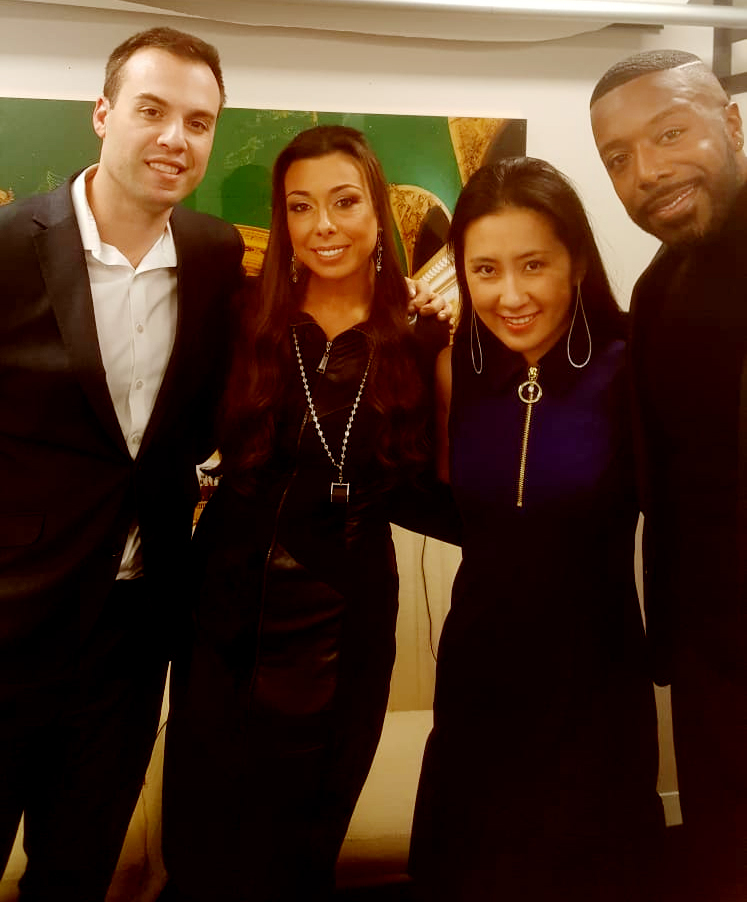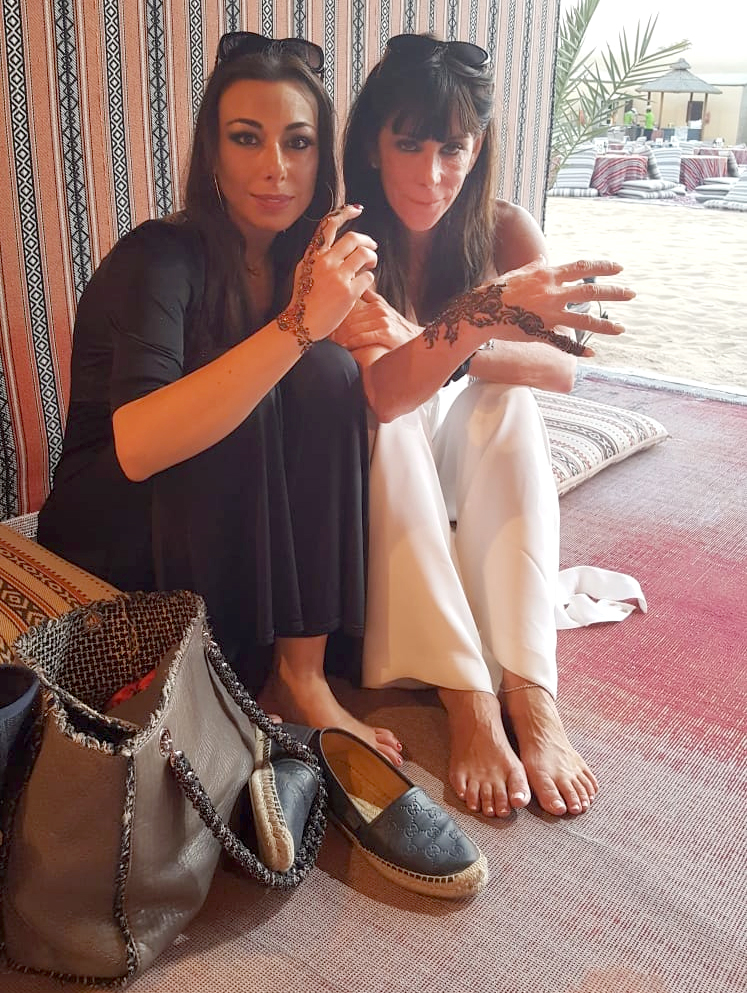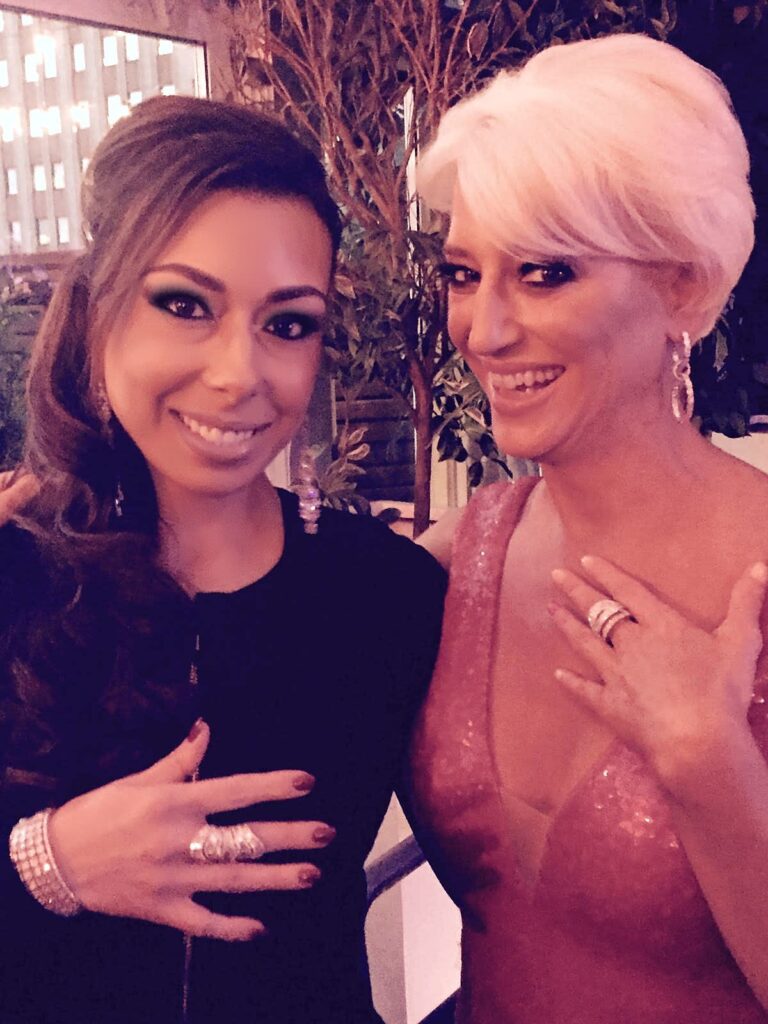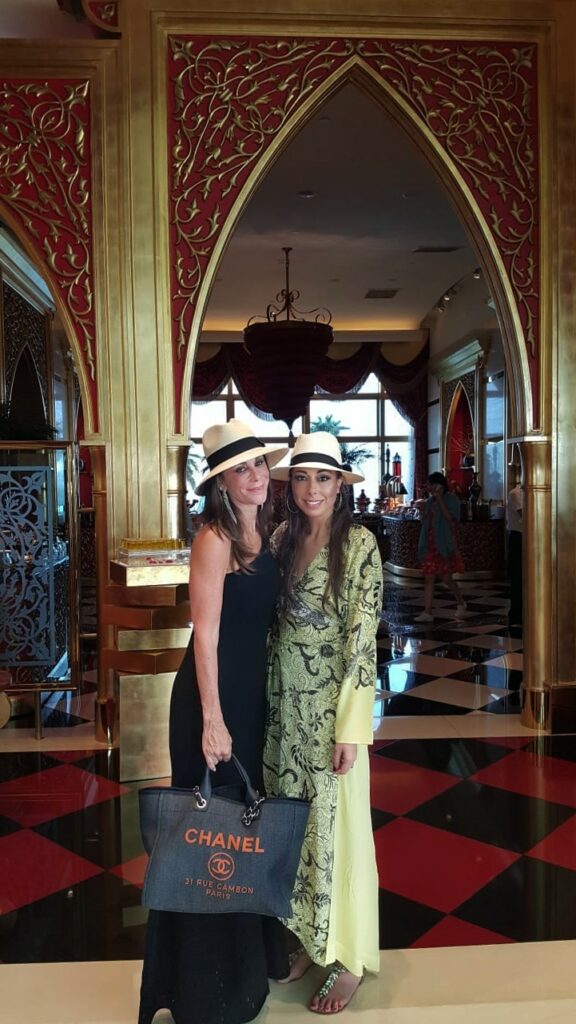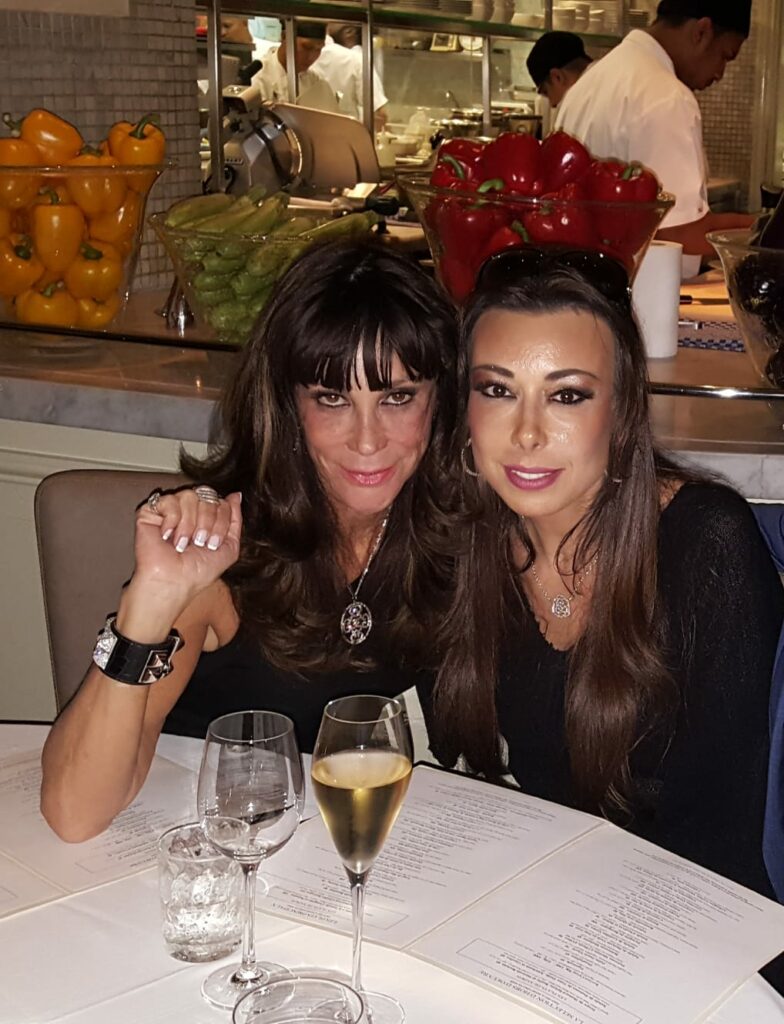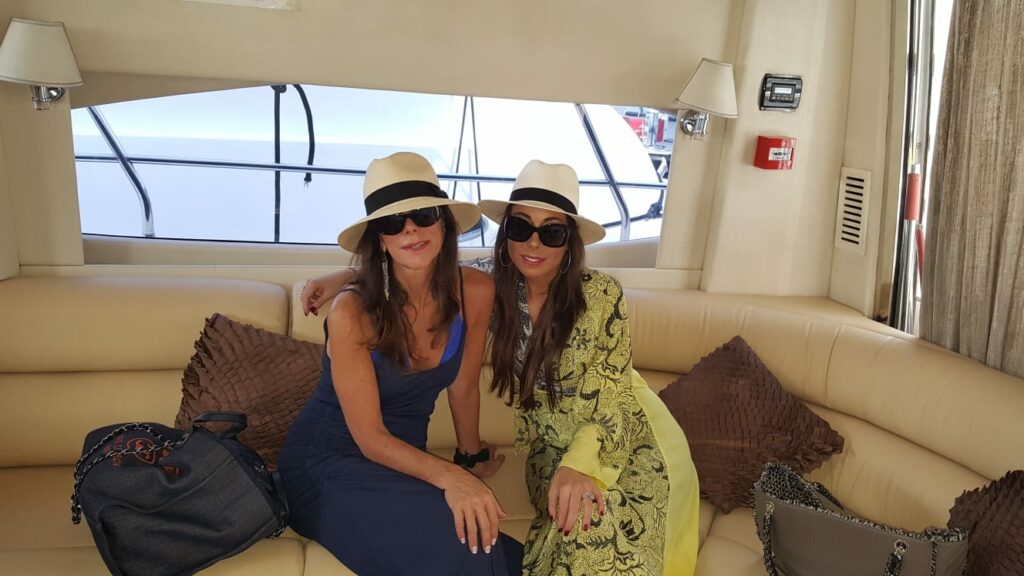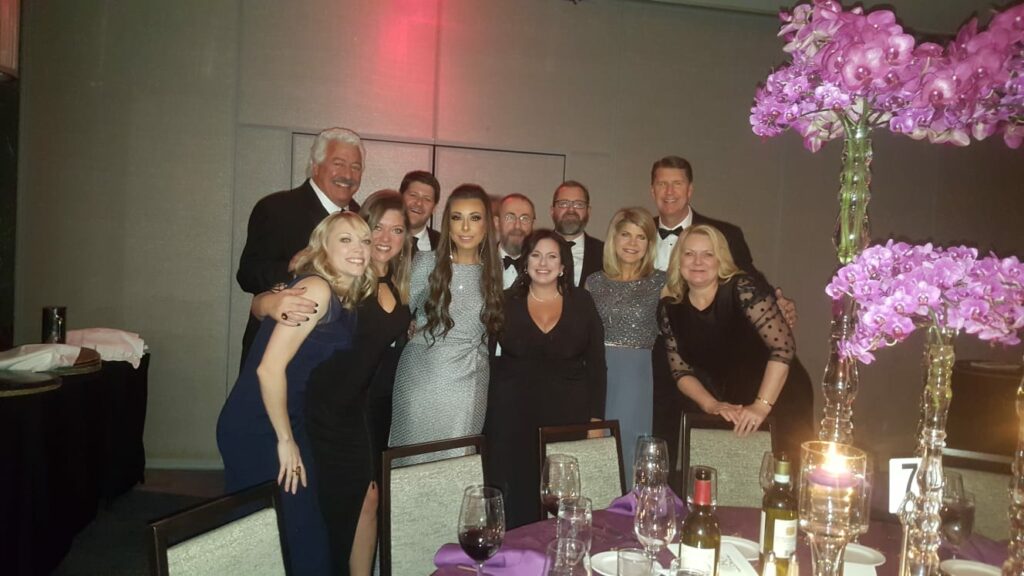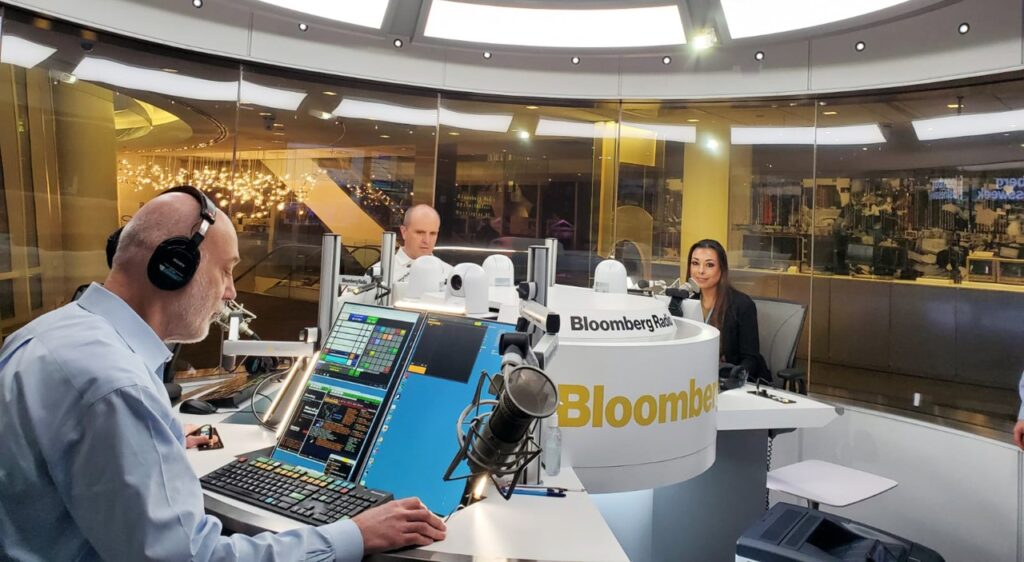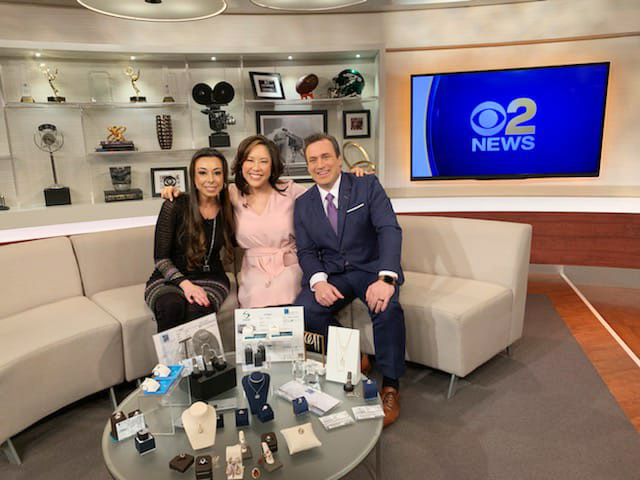Famous Diamonds: The Wittelsbach
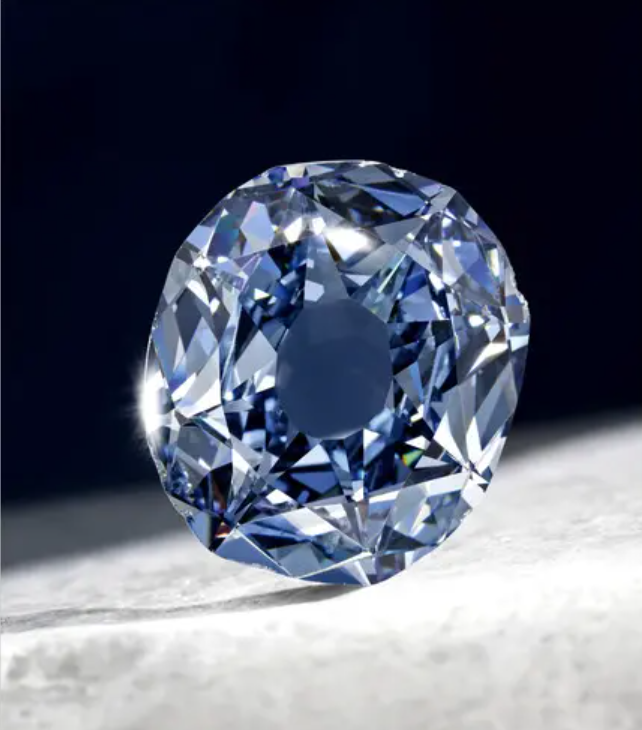
The famous Wittelsbach diamond – now referred to as the Wittelsbach-Graff diamond – is a piece that knows when to show up and when to leave a party. It has played hide-and-seek with enthusiasts for four centuries and continues to do so today.

Origin of the Wittelsbach Diamond
The exact origin of the Wittelsbach blue diamond isn’t certain. However, since it appeared during a time in history when India was the only source of diamonds, it was likely mined from the famous Kollur mines.
Historians once thought it might have come from the same rough stone as the famous but somewhat tragic Hope diamond and was brought to Europe by the trader Jean-Baptiste Tavernier.
What is certain is that the Wittelsbach blue caught the attention of European royals from the very start.
Journey of the Wittelsbach Diamond
After the diamond got to Europe in 1664, Spain’s King Philip IV designated it as an engagement gift or part of the dowry for his daughter, Infanta Margarita Teresa, when she married Austria’s Emperor Leopold I.
Before her death from multiple miscarriages, Teresa willed the blue diamond to Leopold I. He, in turn, made the blue diamond part of the dowry for his daughter, Archduchess Maria Antonia, when she married Bavaria’s Elector, Maximilian II Emmanuel Wittelsbach, in 1685. When her marriage to the Elector failed, Maria Antonia took the blue diamond with her to the House of Hapsburg in Vienna. The diamond was returned to her father, Leopold I when she died. His son by his third wife, Emperor Joseph I Ferdinand, returned with it to Munich in 1693.
In 1722, Emperor Joseph I’s daughter, Archduchess Maria Amalia, married Bavaria’s Prince-Elector Charles VII of the House of Wittelsbach. Her wedding portrait depicts her wearing the blue diamond as a hair ornament. The stone’s value was 240,000 guilders or a little over $135,000 at the time. The Wittelsbach blue remained in the Bavarian royal family for some time, being prominently featured on Empress Maria Amalia’s crown in 1742, and then in a badge for the Order of the Golden Fleece in 1761.
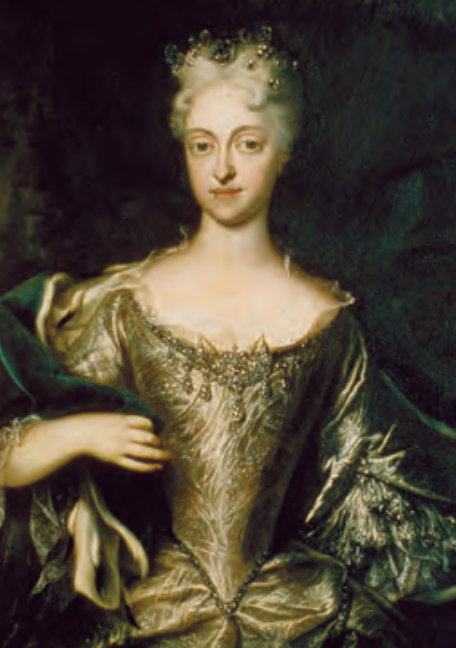
In 1806, Maximilian IV, the first King of Bavaria, mounted the Wittelsbach Blue on the Crown of Bavaria. By then, the diamond was worth slightly over $167,000.
When Bavaria became a republic, the fortunes of the Wittelsbach family dwindled. In 1931, the Wittelsbach blue was put up for sale in London and allegedly bought by a Mr. Thorp for $6,800.
However, the Wittelsbach blue disappeared from the public, only to emerge 30 years later and still in possession of the Wittelsbach family. Romi Goldmuntz bought it from the family’s trust, displaying it incognito in Brussels in 1958.
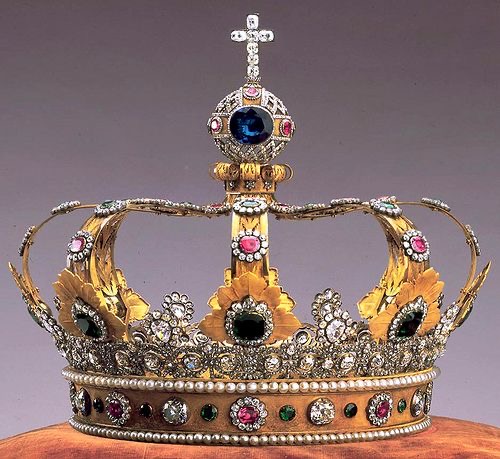
The stone, still in its incognito state, was handed over to a diamond cutter called Joseph Komkommer in 1962. After some research, Komkommer refused to cut it and tried selling it to diamond traders for $275,000.
For two years, Dr. Edward Gübelin displayed the Wittelsbach blue at his jewelry store to attract buyers. In 1964, the German Helmut Horten paid $500,000 to buy the diamond for his wife, Heidi.
21st Century Wittelsbach Diamond
In 2008, Heidi Horten allowed Christie’s in London to sell the diamond. Mr. Laurence Graff of Graff Diamonds snatched it up for $24.3 million, which was $9 million more than its initial price.
For the first time in almost four centuries, three cutters set out to recut the Wittelsbach diamond. They reduced it from its previous 35.52 carats to its present 31.06 carats. The recutting removed twenty-five internal flaws and the scratches accumulated over the years. Recutting changed the color of the Wittelsbach diamond. The classification of the cushion cut stone changed from Fancy Deep Grayish Blue diamond with VS2 clarity to Natural Fancy Deep Blue Internally Flawless diamond.
Mr. Graff branded the diamond the Wittelsbach-Graff diamond.
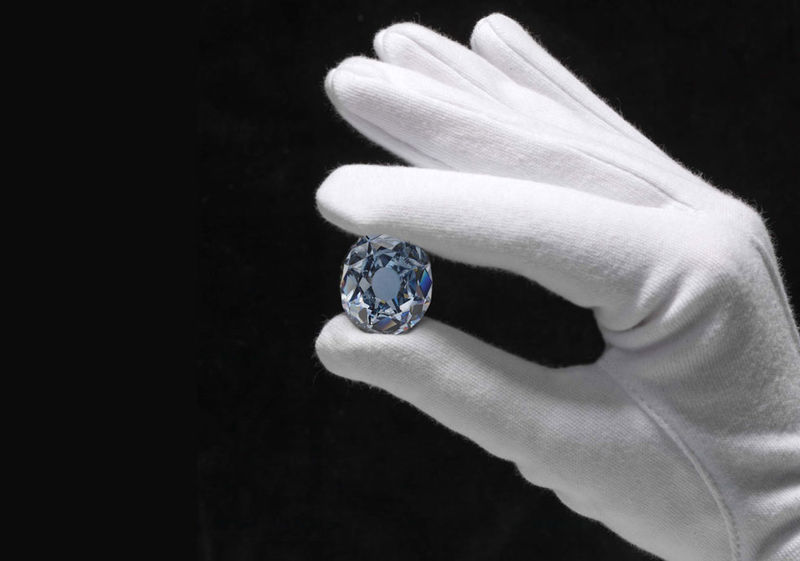
The Wittelsbach-Graff Diamond Today
The Wittelsbach-Graff diamond was last displayed to the public from January to September 2010 at the Smithsonian Museum. It appeared alongside the Hope Diamond, the blue diamond that was once considered its sibling.
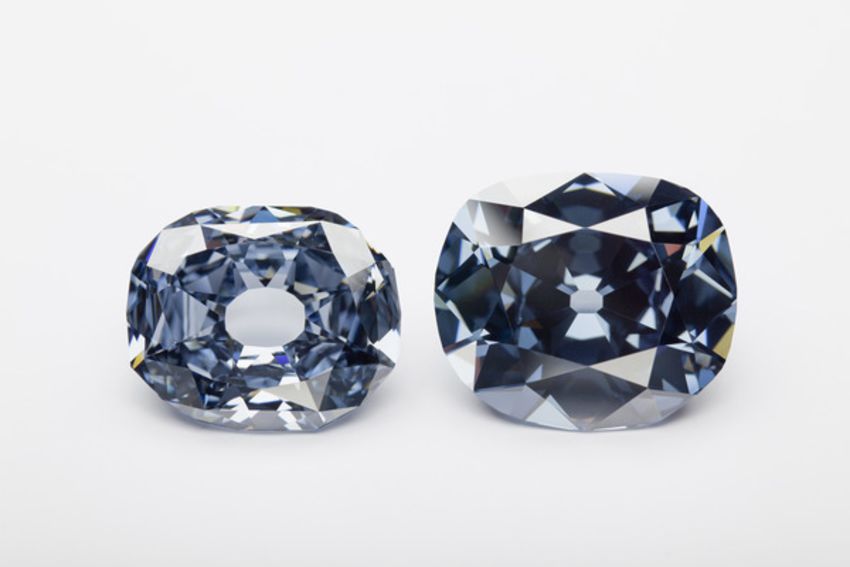
The diamond remains an important part of the Graff Diamonds collection. It may remain hidden from the public forever unless the mysterious billionaire jeweler who owns it decides otherwise.
Diamonds carry a lot of history. Read more stories about the most famous diamonds of all time.
Famous Diamonds: The Briolette of India
Famous Diamonds: The Dresden Green
Famous Diamonds: The Hope Diamond
Famous Diamonds: The Regent Diamond
Famous Diamonds: The Koh-I-Noor
Famous Diamonds: The Tiffany Yellow Diamond
Famous Diamonds: The Golden Jubilee
Famous Diamonds: Cullinan I & II
Famous Diamonds: The Incomparable Diamond
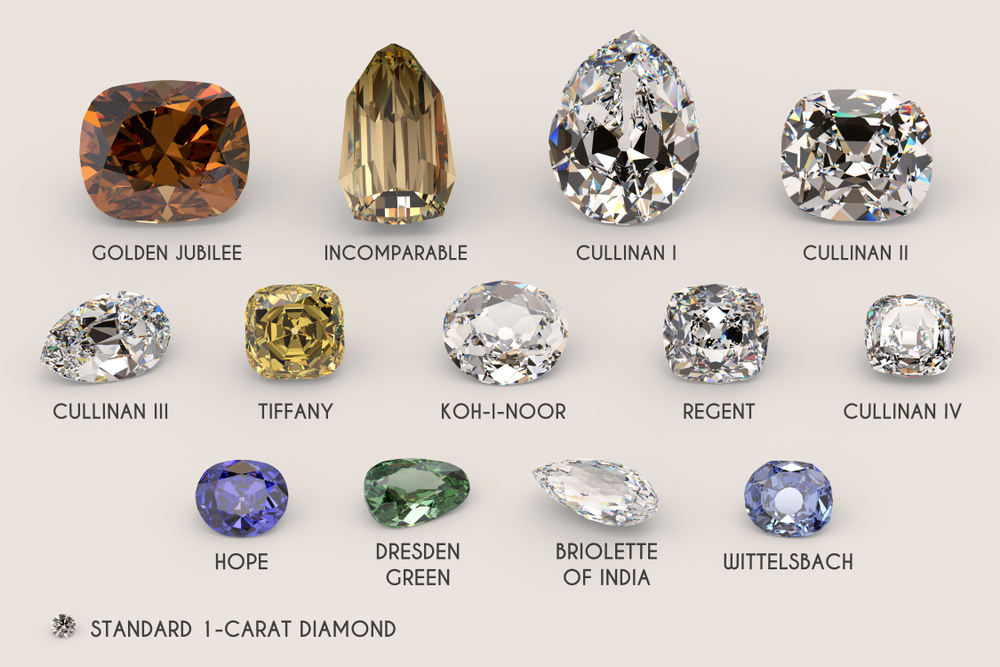
About The Author
Debbie Azar is the Co-Founder and President of Gemological Science International (GSI), one of the largest gemological organizations in the world, and a distinguished leader in the global diamond and jewelry industry. As an executive with extensive knowledge of the jewelry and gem lab industries, her entrepreneurial skills and vision have helped GSI achieve rapid and continuous growth worldwide, establishing 13 leading-edge gemological facilities on four continents. She currently serves on the boards of the Jewelers Vigilance Committee, Responsible Jewellery Council, and Jewelers for Children, and is a member of the 24 Karat Club of New York. She has been featured in Forbes, Daily Mail, Good Morning America, Bloomberg, Bloomberg Businessweek, Fox Business, Fox5, CBS2, BOLDTV, Varney&Co, The Street, and NASDAQ, among others.
